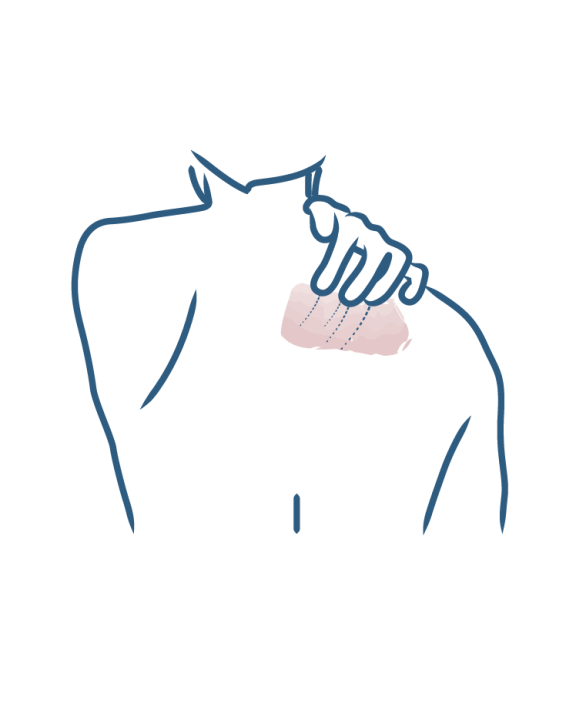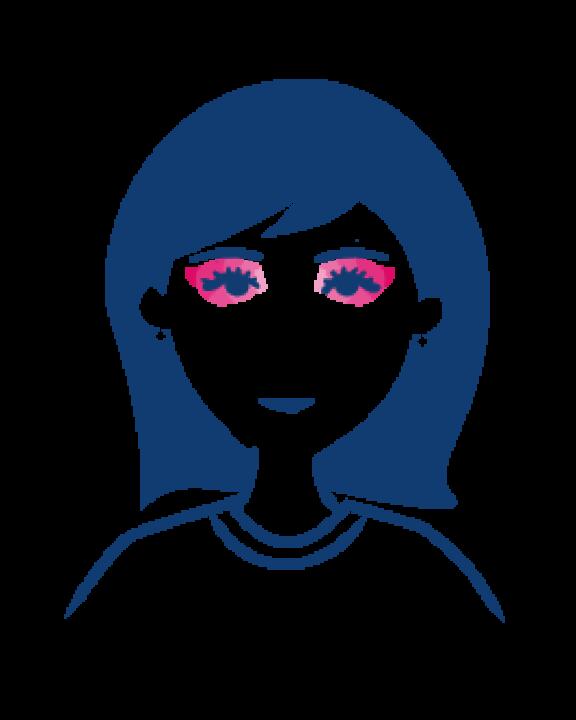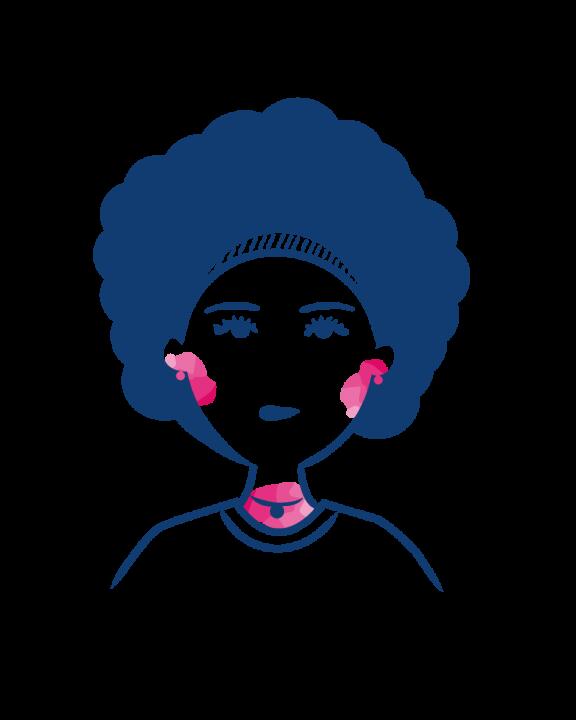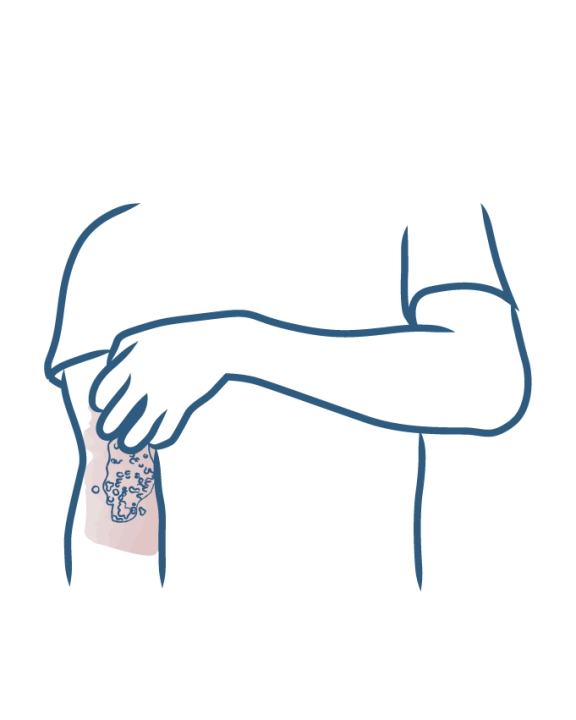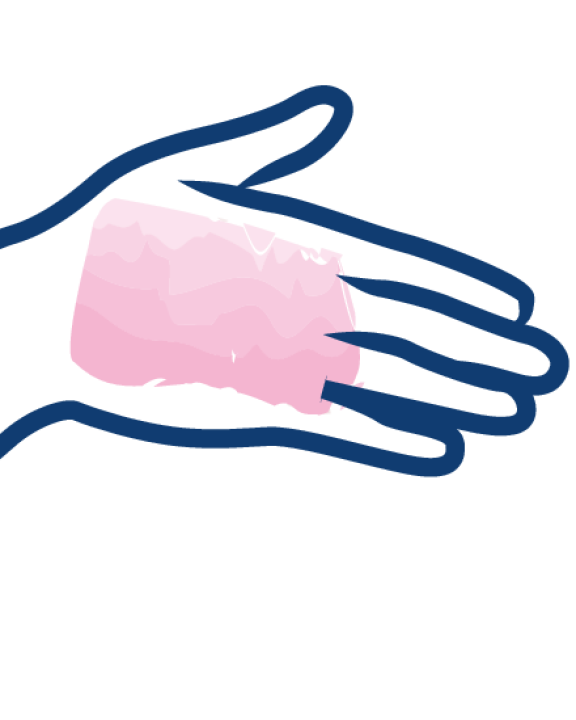Body eczema: hands, feet, arms, back, face, etc.
- SUMMARY
- Eczema
Facial eczema
- What is infantile eczema?
- What soap should be used for babies with eczema?
- Eczema in babies and children: the areas most often affected
- Eczema in babies: what habits should you adopt?
- When should you consult a physician about your baby's eczema?
- Cortisone cream to relieve eczema?
- How should you treat baby’s and infant’s eczema?
- Body eczema: hands, feet, arms, back, face, etc.
- Facial eczema
- Eczema on the neck and nape of the neck
- Hand and finger eczema (chronic hand eczema)
- Eczema of the eyelids, eyes or palpebral eczema
- Arm eczema (elbows, armpits, forearms)
- Eczema on the stomach and belly button
- Foot eczema
- Scalp eczema
- Eczema in the ears
- Eczema on the back
- Eczema around the mouth
- Leg eczema or varicose eczema
- Living with eczema day to day
- Eczema: What daily reflexes should you adopt?
- Eczema: can it be cured?
- Eczema cream, ointment: what should you use?
- Eczema: how to treat itching
- What are the habits to avoid when you have eczema?
- Eczema: how can flare-ups be avoided?
- Eczema: what foods should you eat?
- Which detergent should eczema patients use?
- What soap should be used for eczema?
- Swimming pool, swimming when you have eczema?
- What causes eczema?
- Hereditary eczema
- Perspiration-induced eczema
- Stress-induced eczema
- Allergy-induced eczema
- Clothing contact eczema
- Contact eczema due to cosmetics
- Contact eczema due to nickel and chromium
- Contact eczema due to medication and topical treatments
- Contact eczema due to cleaning products
Facial eczema
The face is without a doubt the most visible part of the human body, the one people remember when they pass you by in the street. The face is sometimes a part of the body affected by eczema and it is not easy to live with daily.
Who is affected by facial eczema?
Babies, children, adults… facial eczema affects people of all ages. Symptoms of facial eczema include red plaques on the face, itching, dry and sensitive skin. Facial eczema lesions can be found anywhere on the face, sometimes with differences according to age. Here are the areas affected by facial eczema according to age:
- Babies rub their cheeks covered with eczema plaques against the sheets for relief. Sometimes it's the forehead and chin that are affected, in other words all the bulging (convex) areas of the face.
- In children, atopic dermatitis of the face often affects the eyelids (called palpebral eczema), as well as the lips and skin around the mouth. Eczema on the ears is very common, especially in the skin folds. These different symptoms of facial eczema can persist into adulthood.
- Adult facial eczema is often more diffuse and therefore even more visible: the skin of the face sometimes becomes very red or more pigmented than the rest of the body. Scalp eczema is very often associated with adult facial eczema.
What are the consequences of facial eczema?
In case of facial eczema, the skin of the face becomes a source of discomfort. The itching associated with facial eczema disrupts people’s relationships with others and their sleep. The red plaques on the face are misunderstood by those around them, who may suspect a lack of care, a contagious disease or too much stress, etc.
What is the best treatment for facial eczema?
The treatment of facial eczema is the same as for the rest of the body, except that the skin of the face is thinner and more fragile:
- In case of an eczema flare-up on the face, the physician usually prescribes cortisone creams, also called topical corticosteroids, which are slightly less powerful than those applied to the body but just as effective.
- Similarly, body emollients are sometimes too rich for facial skin: opt for lighter forms such as lotion or cream.
- Note that there are topical immunosuppressive anti-inflammatory ointments that are sometimes prescribed to avoid using cortisone creams on facial eczema.
Make-up is perfectly possible in case of facial eczema. It does not cure facial eczema, but it can be used to camouflage the lesions and to improve daily life.
The green color of some sticks can effectively neutralize the red plaques on the face.
- Discover Eczema on the back
Body eczema: hands, feet, arms, back, face, etc.
Eczema on the back
- Discover Eczema around the mouth
Body eczema: hands, feet, arms, back, face, etc.
Eczema around the mouth
- Discover Scalp eczema
Body eczema: hands, feet, arms, back, face, etc.
Scalp eczema
- Discover Foot eczema
Body eczema: hands, feet, arms, back, face, etc.
Foot eczema
- Discover Eczema in the ears
Body eczema: hands, feet, arms, back, face, etc.
Eczema in the ears
- Discover Eczema on the neck and nape of the neck
Body eczema: hands, feet, arms, back, face, etc.
Eczema on the neck and nape of the neck
- Discover Hand and finger eczema (chronic hand eczema)
Body eczema: hands, feet, arms, back, face, etc.
Hand and finger eczema (chronic hand eczema)
- Discover Eczema of the eyelids, eyes or palpebral eczema
Body eczema: hands, feet, arms, back, face, etc.
Eczema of the eyelids, eyes or palpebral eczema
- Discover Arm eczema (elbows, armpits, forearms)
Body eczema: hands, feet, arms, back, face, etc.
Arm eczema (elbows, armpits, forearms)
- Discover Eczema on the stomach and belly button
Body eczema: hands, feet, arms, back, face, etc.
Eczema on the stomach and belly button
Our care routines
Skin prone to atopic eczema, contact eczema, chronic eczema and/or, eyelid eczema
Dermatological expertise
To better understand your skin and hair, discover our exclusive content and innovative care products designed to improve your quality of life..

